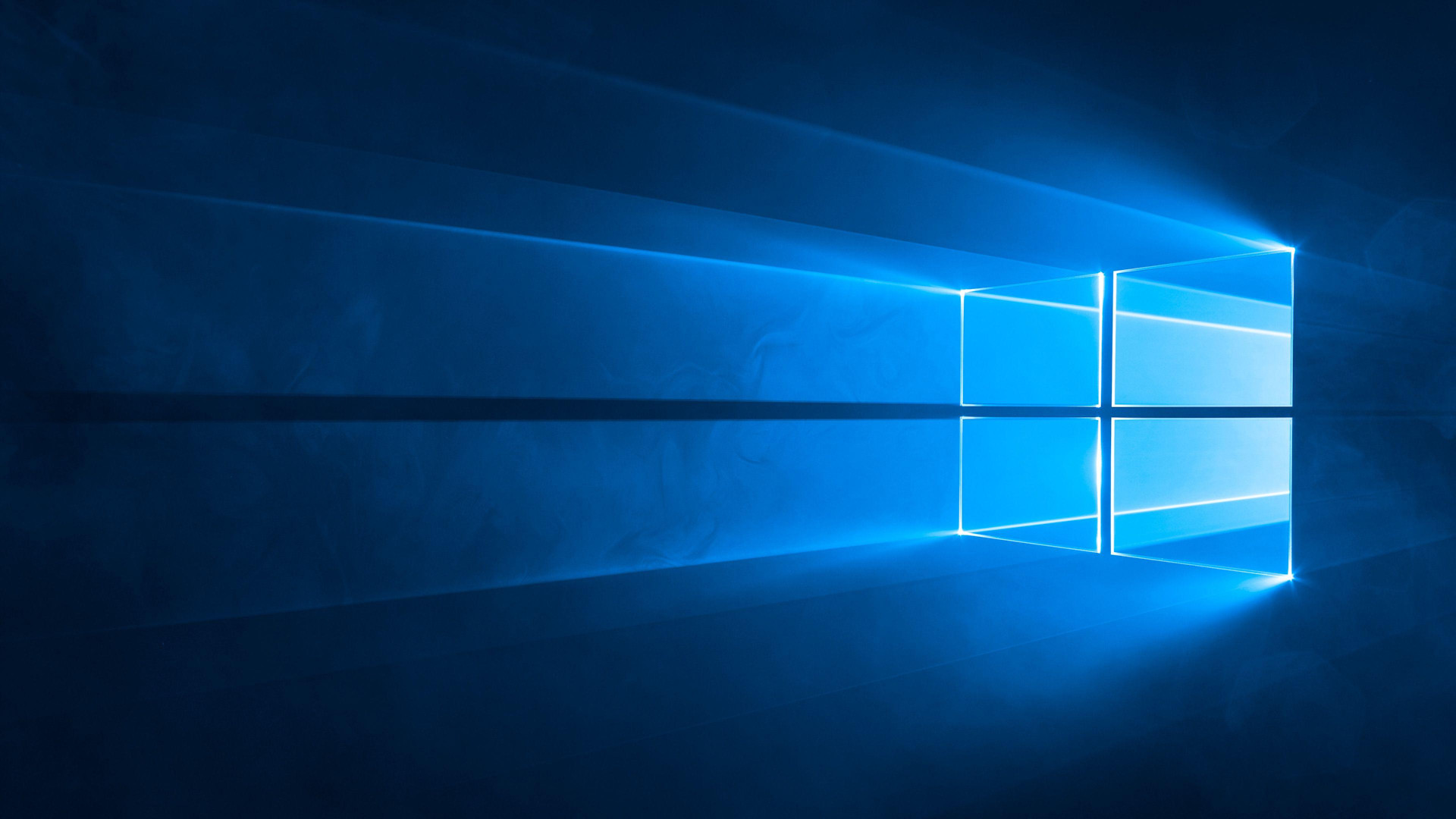
Windows 10 End of Support: Implications and Mitigation Strategies
Introduction:
Microsoft has announced that the final update for Windows 10 will be released on October 14, 2025, marking the end of support for this version of the operating system. This decision has prompted concerns among users about the implications and potential risks. In this article, we will delve into the consequences of this end of support and explore various mitigation strategies to ensure continued security and functionality.
Consequences of End of Support:
1. Security Vulnerabilities:
From October 2025 onwards, Microsoft will cease releasing security updates for Windows 10. This means that newly discovered security vulnerabilities in the operating system will remain unpatched, leaving PCs vulnerable to malware, cyberattacks, and data breaches.
2. Reduced Software Compatibility:
As the end of support approaches, software developers may gradually phase out support for Windows 10. This could result in compatibility issues with third-party applications, including antivirus programs and productivity tools.
3. Diminished Technical Support:
Once Microsoft ends support for Windows 10, its technical support will become limited. Users experiencing issues or requiring assistance may face longer wait times or limited availability of support resources.
Mitigation Strategies:
1. Upgrade to Windows 11:
Microsoft recommends migrating to Windows 11, which is the latest and most secure version of the operating system. Windows 11 provides enhanced security features, improved performance, and continued support from Microsoft.
2. Extended Security Updates:
Microsoft offers Extended Security Updates (ESUs) for Windows 10, which provide additional security patches after the end of mainstream support. However, these ESUs come at a cost and may not be suitable for all users.
3. Third-Party Security Solutions:
Independent software vendors offer third-party security solutions that can provide updates and protection for outdated operating systems. However, it is important to choose reputable vendors with a proven track record in cybersecurity.
4. Windows 10 IoT Enterprise LTSC 2021:
Windows 10 IoT Enterprise LTSC 2021 is a special version of Windows 10 designed for industrial and embedded systems. It does not receive frequent updates but will continue to receive security updates until 2032. While it can be installed on regular PCs, its use may be subject to licensing restrictions.
5. Complete Backup and Rescue Disc:
Creating a complete backup of your operating system on an external hard drive and a rescue disc can prove invaluable in case of system failures or security breaches. This will allow you to restore your system or recover important data.
6. Disable Data Snooping in Windows 11:
Windows 11 includes various data collection features that can be perceived as privacy intrusive. You can disable these features using built-in tools or third-party applications to enhance your privacy.
7. Verify TPM Module:
Upgrading to Windows 11 requires a Trusted Platform Module (TPM). Run the "tpm.msc" command to check if your PC has a TPM module. If not, you may need to enable it in the BIOS or consider purchasing a new PC.
Conclusion:
While Microsoft’s decision to end support for Windows 10 raises concerns about security and functionality, there are several mitigation strategies available to ensure continued protection and productivity. Upgrading to Windows 11, implementing third-party security solutions, or using the Windows 10 IoT Enterprise LTSC 2021 are viable options. Additionally, proactive measures like creating backups, disabling unnecessary data collection, and verifying hardware compatibility can further enhance the security posture and minimize potential risks. By transitioning to Windows 11 or implementing appropriate mitigation strategies, users can continue to utilize their PCs safely and confidently beyond the end of support for Windows 10.
